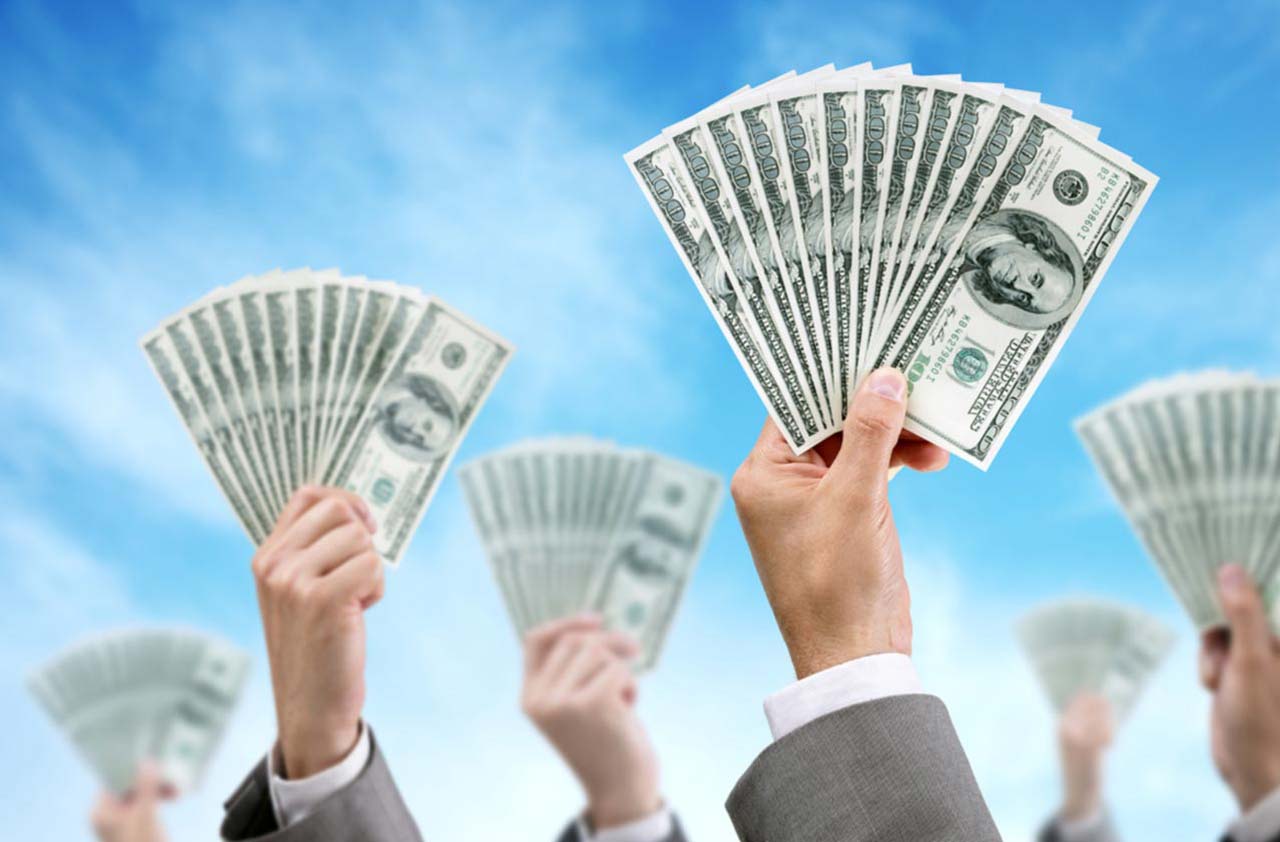How to Invest $1,000: Loan to Kiva
What could be better than donating to a good cause? Making that donation a loan and recycling it, re-investing after each repayment.


The impact investing platform, Kiva (www.kiva.org), was designed to do just that. A U.S. non-profit that has lent over $1.7 billion to small businesses and individuals, Kiva investors crowdfund loans to entrepreneurs who often lack access to banking services. Loans typically cover the cost of buying a machine to increase food or textile production, supplies for expanding a small general store, or seeds for farmers.
Kiva was originally designed to benefit people in low-income countries but expanded to the U.S. in 2011. That means you can invest in a weaving coop of Indigenous women in Guatemala, or a mother of five in Atlanta hoping to expand her beauty products business.
The most important question is whether Kiva delivers positive impact and high-quality loans. The organization certainly engages in best practices for its industry. Kiva has garnered the highest rating (four out of four stars) from Charity Navigator. Kiva partners with grassroots organizations that often provide financial literacy and other services, helping borrowers avoid over-indebtedness. And Kiva carefully vets these partners. Many loans are also matched by foundations or banks.
From just $107.88 $24.99 for Kiplinger Personal Finance
Become a smarter, better informed investor. Subscribe from just $107.88 $24.99, plus get up to 4 Special Issues

Sign up for Kiplinger’s Free Newsletters
Profit and prosper with the best of expert advice on investing, taxes, retirement, personal finance and more - straight to your e-mail.
Profit and prosper with the best of expert advice - straight to your e-mail.
Determining the actual benefit of impact loans is tricky though; most impact investment firms point to their default rates and partner quality. Determining how many borrowers have improved their income, health, or education is a hard and expensive job, and Kiva does not provide that detailed reporting. Kiva does, however, try to present lenders with options to invest in projects most likely to deliver impact.
Kiva investors may lend between $25 and $500 per project, though Kiva encourages an optional donation of about 15% to cover their administrative costs. The loan is not tax-deductible, but any amount donated to Kiva is. The repayment rate on all loans is 96.4%. Investors may cash out their accounts at any time.
Kiva can make philanthropy fun as well, cleverly using social media and networking to build engagement. Investors can join faith-based lending teams, college alumnae groups, or esoteric teams like “Nerdfighters,” which lends to “fight for awesome.”
With $1,000 you could make many loans, or just a couple. And with such a high repayment rate, you could be re-lending much of that original investment for years to come.
In the latest Kiplinger's Personal Finance Magazine, our editors offer advice on how to spend, save and invest $1,000. Get other smart tips:
Profit and prosper with the best of Kiplinger's advice on investing, taxes, retirement, personal finance and much more. Delivered daily. Enter your email in the box and click Sign Me Up.

Ellen writes and edits retirement stories. She joined Kiplinger in 2021 as an investment and personal finance writer, focusing on retirement, credit cards and related topics. She worked in the mutual fund industry for 15 years as a manager and sustainability analyst at Calvert Investments. She earned a master’s from U.C. Berkeley in international relations and Latin America and a B.A. from Haverford College.